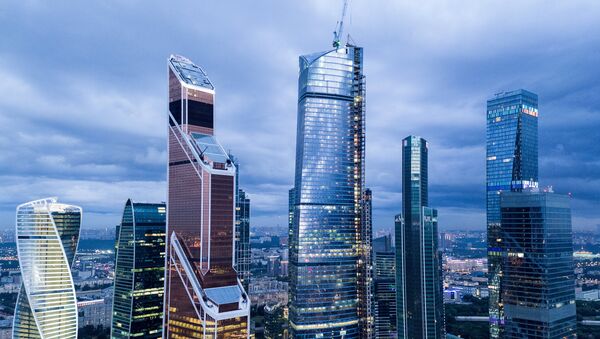On Thursday, Russia's Finance Ministry confirmed that it issued another $1.25 billion US-worth of Eurobonds on international markets. Speaking to the Wall Street Journal, Paul McNamara, investment director at the asset management firm GAM, said that he expects "decent demand" for the Russian debt issuance, in accordance with high investor demand for hard-currency emerging-market debt.
According to the newspaper, this deal should help the government reach its goal of raising $3 billion worth of funds from international borrowing, with Russia successfully raising $1.75 billion of Eurobonds in May when it returned to international credit markets for the first time since 2013.
But the Russian government itself is not under sanctions, so the purchase of government bonds is not a violation of the sanctions regime. Accordingly, Russia succeeded in attracting the necessary investments, with over 70% of the May bond bought out by foreign investors.
"The May placement also took a hit when Euroclear and Clearstream, two major international clearing systems, didn't immediately agree to settle the bonds," the paper noted. "But in July, Euroclear began settling the bond, removing a major stumbling block for future placements."
According to the paper, foreign investor demand for Russian bonds has been helped by international trends, including Russia's status as a developing economy, while many Western bond markets have offered low or even negative yields. Meanwhile, the latest Russian 10 year bond issuance offers a 3.99% yield, compared with the 4.75% offered in May.
Foreign investment and Russian market activity have also benefited from stabilizing oil prices, with the price of Brent crude up 25% year-to-date. Inflation has been brought under control, allowing the Central Bank to cut interest rates, providing for the stimulation of consumer and commercial borrowing.
"This year," WSJ noted, "the MSCI Russia index, which tracks the country's equity market, has outperformed every large emerging market except Brazil. On a total return basis, the index is up 30% in dollar terms this year, compared with 16.6% for the broader MSCI emerging markets index."



